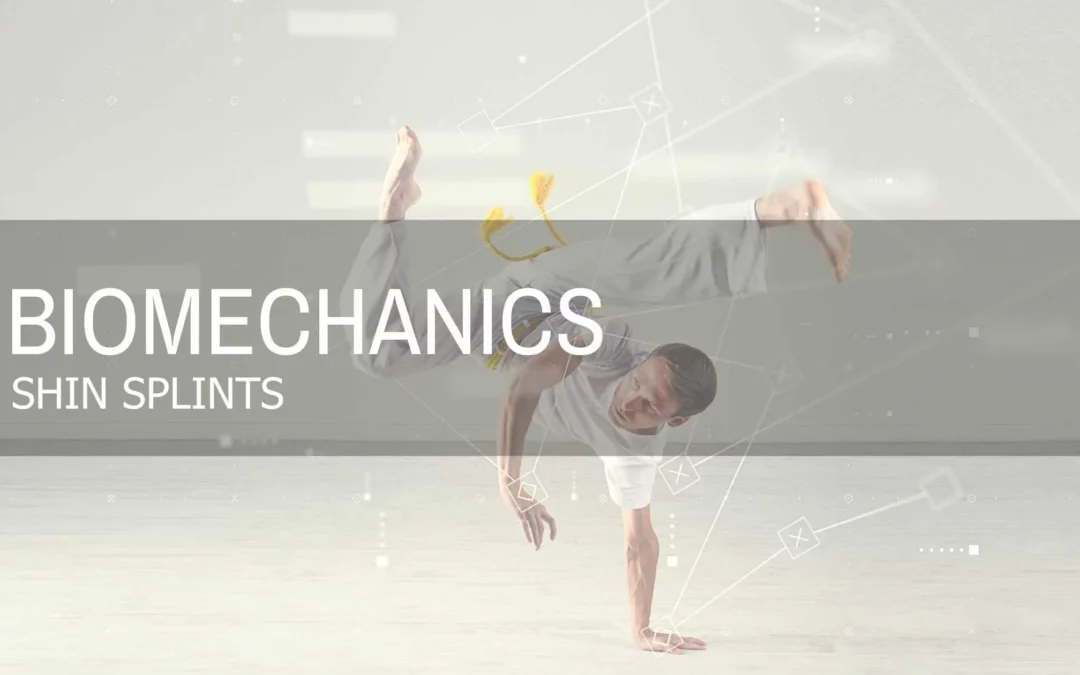What Are Shin Splints?
Shin splints (or otherwise known as medial tibial stress syndrome) is an overuse injury where the front side of the lower half of the leg (the tibia) and the surrounding muscles and tendons become inflamed. It is often associated with runners and other athletes who move rigorously on their feet. However, it can also be caused by abrupt changes in exercise routines, ill-fitting footwear, and/or flat feet. It leads to tenderness and pain along the front, inside, and edge of the lower portion of the leg.
How Does This Happen?
Shin splints are the result of repetitive strain and overuse of the tibia, often stemming from improper positioning of the foot while walking and running on hard surfaces. For example, if the foot is flat or there is too much rigidity in the arch, the body will compensate by redistributing the weight onto the ankle and hamstrings as well as the inner and outer edges of the foot. Over time, this excess of weight-bearing can cause inflammation in and around the shin bone and the surrounding muscle and tendon, the periosteum. Individuals who do not wear a supportive shoe or the train improperly can also put extra strain on the lower leg.
Signs of Shin Splints
- Dull, throbbing pain in the front side of the lower leg during and after exercise
- if the issue persists, the pain can become sharp
- For some, mild swelling may occur
How Do You Fix This?
For most shin splints, rest and ice should suffice. To prevent shin splints, stabilizing and strengthening the foot and ankle would be key. We would recommend the following exercises:
- Release – lateral gastrocs/bicep femoris – 2min each/both sides
- Activate – medial hamstrings 2 x 20
- Integrate – single leg balance with proprioceptive focus – 2 x 20 both sides
- Strengthen – Side lying hip extension with adduction 2 x 20 both sides




